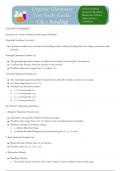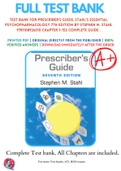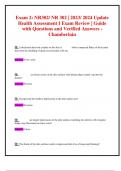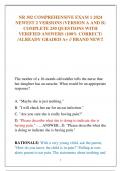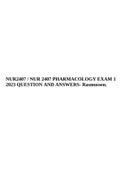Summary
Organic chemistry test study guide notes for atomic orbitals quantum numbers molecular orbitals hybridization concept summary good for mcat prep
- Course
- Institution
This document serves as a comprehensive study guide focused on key concepts in organic chemistry, specifically targeting atomic orbitals, quantum numbers, molecular orbitals, and hybridization. It is designed to aid students preparing for the MCAT by summarizing essential theories and principles. ...
[Show more]
